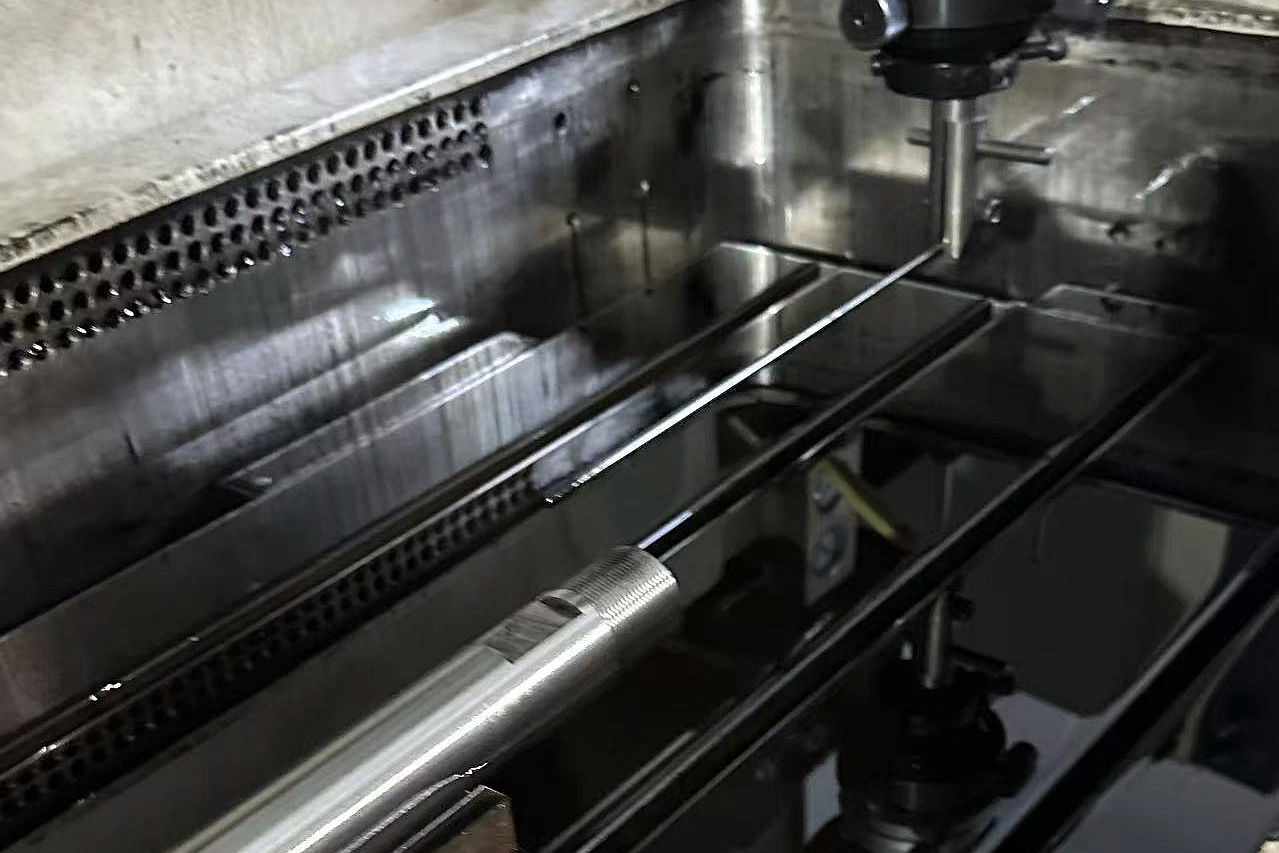How do you ensure bottom shape and dimensional accuracy for blind deep holes?
At Neway, achieving precise bottom shape and strict dimensional accuracy in blind deep holes represents one of the most challenging aspects of precision machining. This capability requires specialized tooling, advanced process controls, and extensive technical expertise. We've developed comprehensive solutions that address these challenges across various materials and applications.
Specialized Tooling Solutions for Bottom Geometry Control
The configuration of the hole bottom is primarily determined by tool selection and path planning. We employ several specialized tooling approaches to achieve the required bottom geometries.
Flat Bottom Drilling Systems
For truly flat bottoms, we utilize dedicated flat-bottom drilling tools with specially ground cutting edges that produce a clean, perpendicular surface. These tools are particularly effective in materials like Aluminum 6061 and Stainless Steel SUS303 where we can achieve surface flatness within 0.01mm across the entire bottom surface. The tool geometry includes precise relief angles and cutting edge preparation to ensure clean material separation at the center point.
Contoured Bottom Tooling
For applications requiring specific bottom contours (such as domed, conical, or custom profiles), we utilize form tools with precisely dressed cutting edges that match the required geometry. This approach is common in automotive injection systems and Medical Device components where fluid dynamics depend on specific internal contours.
Non-Conventional Machining Integration
In certain challenging applications, particularly with hardened materials or complex geometries, we combine traditional drilling with Electrical Discharge Machining (EDM) Service to achieve precise bottom features that would be impossible with conventional cutting tools alone.
Advanced Process Controls for Dimensional Accuracy
Maintaining dimensional accuracy throughout the depth of blind holes requires addressing multiple technical challenges simultaneously.
Chip Evacuation Management
In blind holes, chip evacuation becomes increasingly critical as depth increases. We implement several strategies:
Peck drilling cycles with optimized retraction distances to break and clear chips
High-pressure coolant systems delivering cutting fluid through the tool to force chips out of the hole
Customized cutting parameters that produce manageable chip forms rather than long, continuous strands
Thermal Distortion Compensation
The extended cutting times and confined spaces in deep hole machining generate significant heat. Our approach includes:
Thermal modeling to predict expansion effects during machining
Coolant temperature control systems maintaining stable thermal conditions
In-process compensation based on real-time monitoring for critical dimensions
Tool Deflection Management
As drill length increases, tool deflection becomes a major factor in dimensional accuracy. We address this through:
Stiffness-optimized toolholders with minimal overhang
Progressive drilling sequences starting with shorter, stiffer tools
Active tool monitoring systems that detect deflection and adjust parameters accordingly
Precision Measurement and Verification Techniques
Verifying blind hole dimensions and bottom geometry requires specialized metrology approaches beyond standard measurement techniques.
Non-Contact Internal Inspection
We utilize advanced bore scopes and video probe systems with articulating tips to visually inspect bottom surfaces and sidewalls. These systems provide magnified views of the hole interior, allowing us to verify the integrity of the surface finish and detect any imperfections at the blind end.
Custom Gauge Development
For critical dimensions, we design and manufacture custom gauge pins with specific end features that match the required bottom contour. These gauges provide go/no-go verification of both depth and bottom shape in a single measurement.
CMM with Specialized Probes
Our coordinate measuring machines are equipped with long, slender probes with star tips that can reach deep into blind holes and map the bottom geometry through point cloud data. This approach is particularly valuable for Precision Machining Service components in Aerospace and Aviation applications where dimensional certification is required.
Material-Specific Machining Strategies
Different materials present unique challenges for blind deep hole machining, requiring tailored approaches.
Aluminum and Non-Ferrous Alloys
For materials like Aluminum 7075 and copper alloys, we focus on:
Built-up edge prevention through specialized tool coatings
Surface finish optimization with polished flute surfaces
Chip welding avoidance through parameter optimization
High-Temperature Alloys
With challenging materials such as Inconel 718 and Ti-6Al-4V (TC4), our approach includes:
Conservative cutting parameters to control workpiece hardening
Specialized tool geometries with high positive rakes
Advanced tool materials including solid carbide and PCD-tipped drills
Hardened Steels
For pre-hardened materials like 4140 Steel and tool steels, we employ:
Carbide tooling with wear-resistant coatings
Reduced cutting forces through trochoidal milling techniques
Vibration damping toolholders to minimize chatter in deep cavities
Integrated Quality Assurance Framework
Our approach to ensuring blind hole quality extends throughout the entire manufacturing process.
Pre-Process Validation
Before machining, we conduct:
Tool runout verification to ensure concentricity
Coolant pressure testing to confirm adequate flow
Program simulation to visualize the complete machining sequence
In-Process Monitoring
During machining, we implement:
Torque monitoring to detect tool wear before it affects part quality
Acoustic emission sensors to identify chip packing or other anomalies
Adaptive control systems that adjust feed rates based on actual cutting conditions
Post-Process Verification
After machining, we perform:
Destructive analysis on first article components to validate internal features
Statistical process control tracking of critical dimensions
Surface roughness measurement at the hole bottom using replica techniques
This comprehensive approach ensures that blind deep holes meet the most stringent requirements for bottom shape and dimensional accuracy, supporting critical applications across Automotive, Power Generation, and industrial sectors.



